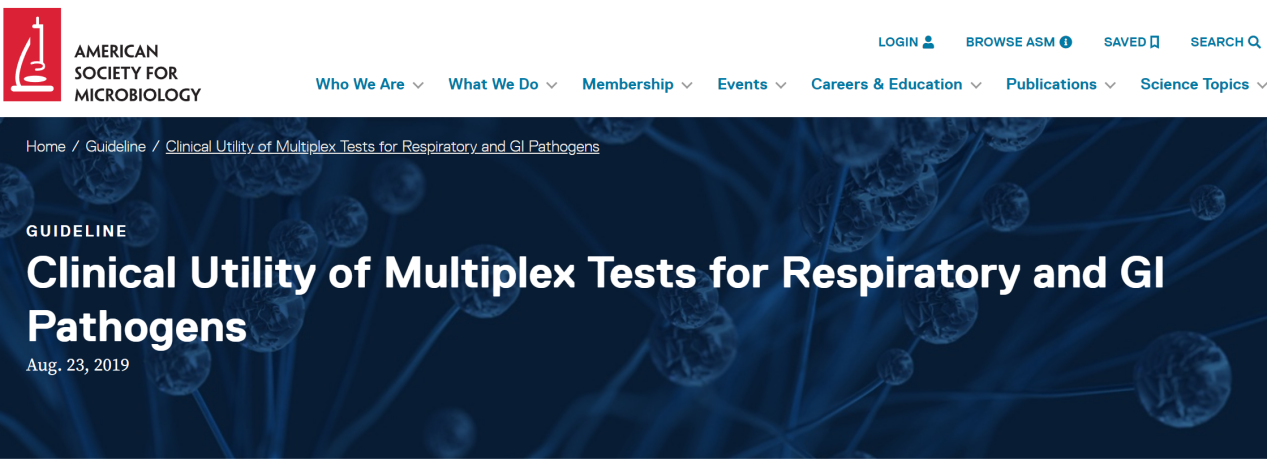As the autumn and winter seasons arrive, bringing a sharp drop in temperatures, we enter a period of high incidence for respiratory infections—a persistent and formidable challenge to global public health. These infections range from the frequent colds that trouble young children to severe pneumonia that threatens the lives of the elderly, proving themselves to be a ubiquitous health concern. Yet, their true threat is far greater than most realize: according to the World Health Organization (WHO), lower respiratory infections were the world’s most deadly infectious disease, claiming approximately 2.5 million lives in 2021 alone and ranking as the fifth leading cause of death globally. In the face of this invisible health threat, how can we possibly stay one step ahead?

Transmission Routes and High-Risk Groups
RTIs are highly transmissible and are primarily spread through two main routes:
- Droplet Transmission: Pathogens are expelled into the air when infected individuals cough, sneeze, or talk. For instance, during public transportation, droplets carrying viruses like influenza can infect nearby individuals.
- Contact Transmission: Pathogens on contaminated surfaces can enter the body through mucous membranes when individuals touch their mouth, nose, or eyes with unwashed hands.
Common Characteristics of RTIs
RTIs often present with overlapping symptoms such as cough, fever, sore throat, runny nose, fatigue, and body aches, making it challenging to accurately identify the causative pathogen. Additionally, RTIs are characterized by:
- Similar Clinical Presentations: Many pathogens produce similar symptoms, complicating the differentiation between viral, bacterial, and mycoplasma infections.
- High Transmissibility: RTIs spread quickly, particularly in crowded settings, underscoring the importance of early and precise diagnosis to control outbreaks.
- Co-Infections: Patients may be infected with multiple pathogens at the same time, increasing the risk of complications, which makes multiplex detection essential for an accurate and thorough diagnosis.
- Seasonal Surges: RTIs frequently spike during certain times of the year, straining healthcare resources and emphasizing the need for efficient diagnostic tools to manage increased patient volumes.
Risks of Blind Medication in RTIs
Blind medication, or the indiscriminate use of treatments without a proper diagnosis, poses several risks:
- Masking Symptoms: Medications may ease symptoms without addressing the root cause, delaying proper treatment.
- Antimicrobial Resistance (AMR): Unnecessary antibiotic use for viral RTIs contributes to AMR, complicating future infections.
- Microecology Disruption: Overuse of medication can harm beneficial body microorganisms, leading to secondary infections.
- Organ Damage: Excessive medication can damage vital organs like the liver and kidneys.
- Worsened Outcomes: Delayed pathogen identification may cause complications and worsen health, especially in vulnerable groups.
Accurate diagnosis and targeted treatment are key to effective RTI management.
Importance of Multiplex Detection in Diagnosing RTIs
Simultaneous multiplex detection addresses the challenges posed by RTIs and offers several critical advantages:
- Improved Diagnostic Efficiency: By identifying multiple pathogens in a single test, multiplex detection reduces the time, resources, and costs associated with sequential testing.
- Precision Treatment: Accurate pathogen identification enables targeted therapies, avoiding unnecessary antibiotic use and mitigating the risk of antimicrobial resistance.
- Complications and Risks: Early and precise diagnosis helps prevent severe complications, such as pneumonia or exacerbation of chronic diseases, by facilitating timely intervention.
- Optimized Healthcare Distribution: Efficient diagnostic tools streamline patient management, reducing strain on healthcare systems during seasonal surges or pandemics.

American Society for Microbiology (ASM) discusses the clinical benefits of multiplex molecular panels detecting bacterial, viral, and parasitic pathogens, reducing the need for multiple tests and specimens. The ASM highlights that the increased sensitivity and rapid turnaround time of these tests allow for timely and accurate diagnosis, which is crucial for effective patient care.Macro & Micro-Test’s Innovative Solution on Multiplex RTIs DetectionEight Kinds of Respiratory Viruses Nucleic Acid Detection Kit and the Eudemon AIO800 Mobile PCR Lab stand out for their precision, simplicity and efficiency.
Eight Kinds of Respiratory Viruses Nucleic Acid Detection Kit
-Type I on Conventional PCR Systems
- Wide Coverage: Simultaneously detects influenza A virus (IFV A), influenza B virus (IFVB), respiratory syncytial virus (RSV), adenovirus (Adv), human metapneumovirus (hMPV), rhinovirus (Rhv), Parainfluenza virus (PIV) and Mycoplasma pneumoniae (MP) in oropharyngeal/nasopharyngeal swab samples.
- High Specificity: Avoids cross-reactivity with other respiratory pathogens, reducing misdiagnosis.
- High Sensitivity: Detects as few as 200 copies/ml, enabling pathogens to be detected in the early stage.
- Fast Detection: Results available within 40 minutes.
- Strong Compatibility: Can be used with various mainstream PCR systems.
-Type II on Eudemon AIO800 Mobile PCR Lab
- Sample In Answer Out: Scans to load original sample tube and ready-to-use cartridges for automatic reporting.
- Rapid Turnaround Time: Delivers results in 30 minutes, aiding timely clinical decisions.
- Flexible Customization: 4 detachable reaction tubes empowering self-customization for flexible combination of the tests you need.
- Eight contamination preventing measures: directional exhaust, negative pressure system, HEPA filtration, ultraviolet disinfection, physical isolation, splash shield, paraffin oil seal, closed amplification.
- Simplified Reagent Management: Lyophilized reagents allow for ambient storage and transport free of cold chain logistics.
As the technologies continue to evolve, it is crucial for healthcare professionals to stay ahead of the curve by keeping up with the latest advancements in multiplex respiratory testing.
Stay informed- let the Precise Diagnosis Shapes A Better Future.
Contact marketing@mmtest.com to enhance your diagnostic capabilities to ensure better patient outcomes and more efficient care.
Syndromic Respiratory Solution
Post time: Oct-17-2025


